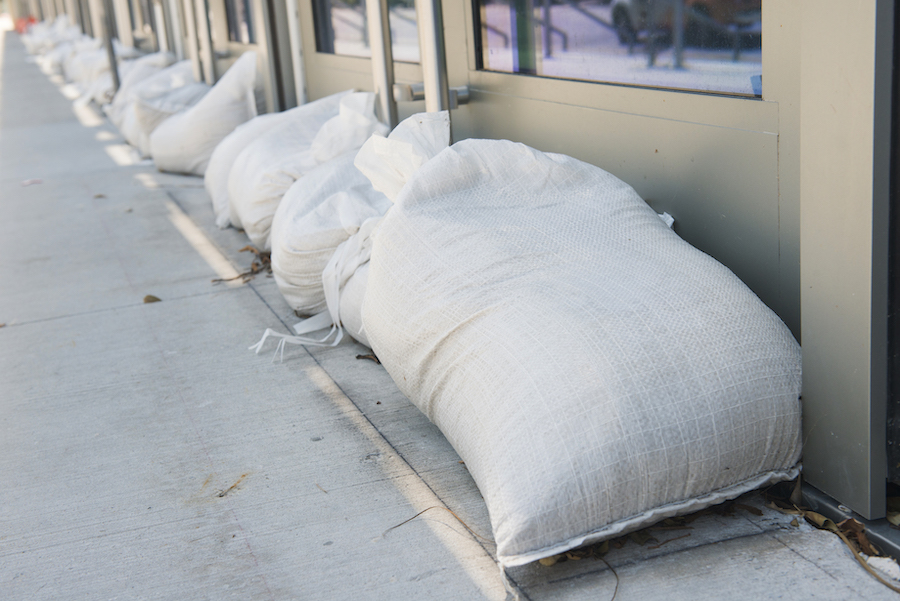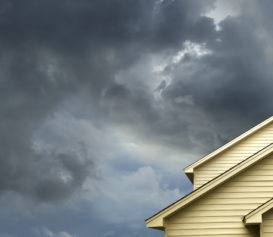Hurricane season officially began June 1st and will continue until the end of November. For the seventh season in a row, the NOAA predicts above-average hurricane activity. Fortunately, they’ve promised to be vigilant in monitoring storms, and early in warning communities in their path.
But a heads up is helpful only if the property manager has a storm preparation process they can quickly activate. Early and effective preparation is your best bet against asset damage, injuries, or other costly accidents.
In this article, we’ll explain how to create a repeatable storm preparedness process that you can kick off for snow storms, hurricanes, floods, and other natural disasters common to your area, so that before you finish shouting “there be a storm afoot!” your shipmates are already furling the sails.
Create A Preparedness Process For Each Frequent Emergency
Although hurricanes are often the most damaging, you should also create preparation processes for other storms and emergencies common to your region.
For example, if you operate properties in Kansas, it’s a good idea to create a tornado preparedness plan. If you run buildings in the Northern states, build a preparation process for dealing with fierce winter storms.
To keep track of these multiple processes, businesses that have graduated from word documents often use some sort of work management software, in which they can easily edit the processes and share them with staff members.
Some systems even allow you to automatically assign work to the right team members at the click of a button. This saves you time and energy that would’ve otherwise been spent delegating and communicating that work. And when a storm’s coming, there’s often little time to waste.
Include Impactful Preparedness Tasks
Each storm type calls for its own unique set of preparedness tasks, but there are some widely applicable precautions that are found in many storm preparation processes:
- Board Windows & Sandbag Doors: These methods prevent wind from shattering windows and water from flooding your building.
- Anchor or Remove Outdoor Equipment: High winds can blow plants, chairs, umbrellas, and other equipment into windows or at people, causing serious damage.
- Stock Storage Areas: Make sure you have everything you need to weather the storm, be that extra food supplies for residents or special tools.
- Provide Tenants with an Action Plan: Educate residents on how to react to emergencies that may occur during the storm.
- Open Lines of Communication: To avoid struggling to reach residents in an emergency, update communications infrastructure and ensure you have everyone’s correct contact info before the storm lands.
If you have any special building components like basements or other areas prone to flooding or damage, ensure that your checklist gives them special attention to avoid suffering high-cost issues. For some tasks specific to hurricanes, check out this guide on hurricane preparedness for property owners.
Ensure Consistency Across Your Team
No matter who is doing the preparation tasks, they should be doing it according to your organization’s best practices. A rookie manager shouldn’t have a different strategy for salting the sidewalk than a veteran. That kind of inconsistency invites missteps and errors.
On the other hand, when each of your team members follows your process to the tee, you not only ensure that they are doing each step in your preparedness process in the most effective way possible, but also that you are collecting useful data that can help you determine the effectiveness of the process.
If, for example, during your post-snowstorm review, you find that multiple people slipped during a storm, you can infer that your salting process needs tweaking, and you can then analyze it and come up with improvements. If, however, everyone is using their own special system for salting, it’s hard to narrow down exactly what or who is to blame.
That said, you need a mechanism to enforce your storm preparation process across your team. Many property managers use automated workflow technology that guides staff members through the step-by-step for various tasks on mobile devices. Team members can check tasks off as they go and even snap pictures to document they’ve done the work correctly.
Review Incident Reports Post-Storm
Happy to see sunshine again, some property managers might forget some of their post-storm must-do’s, like reviewing their incident reports. But that’s a big mistake, as it causes them to miss out on key information that can be used to improve their preparedness process.
After the storm, spend some time in reflection mode. Peruse the incidents submitted by staff members and residents. And for each incident, think about whether there is something you could add to your preparedness plan to reduce the chances that the issue happens again.
Further, it’s critical that you perform inspections after a storm. Property managers should assess their buildings’ grounds and other key areas, especially those prone to damage, and then detail new or critical issues that require follow-up work.
Preparing your properties for a storm can be stressful and chaotic, especially when so much is at stake. Fortunately, you can make storms a lot easier on yourself and your team by creating preparedness processes for common emergencies.
That way, when you get word of a coming storm, you’ll spend less time stressing about how to prevent damage and more time taking actions based on best practices that your team has already discussed, documented, and reviewed.




